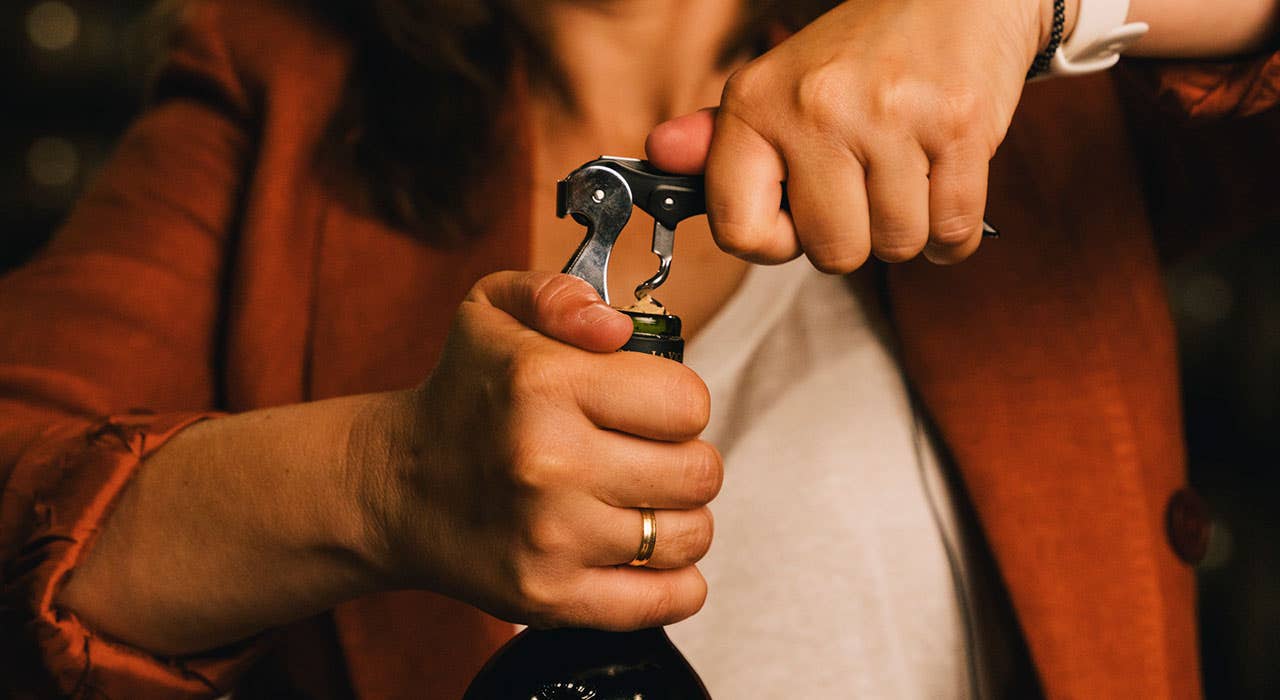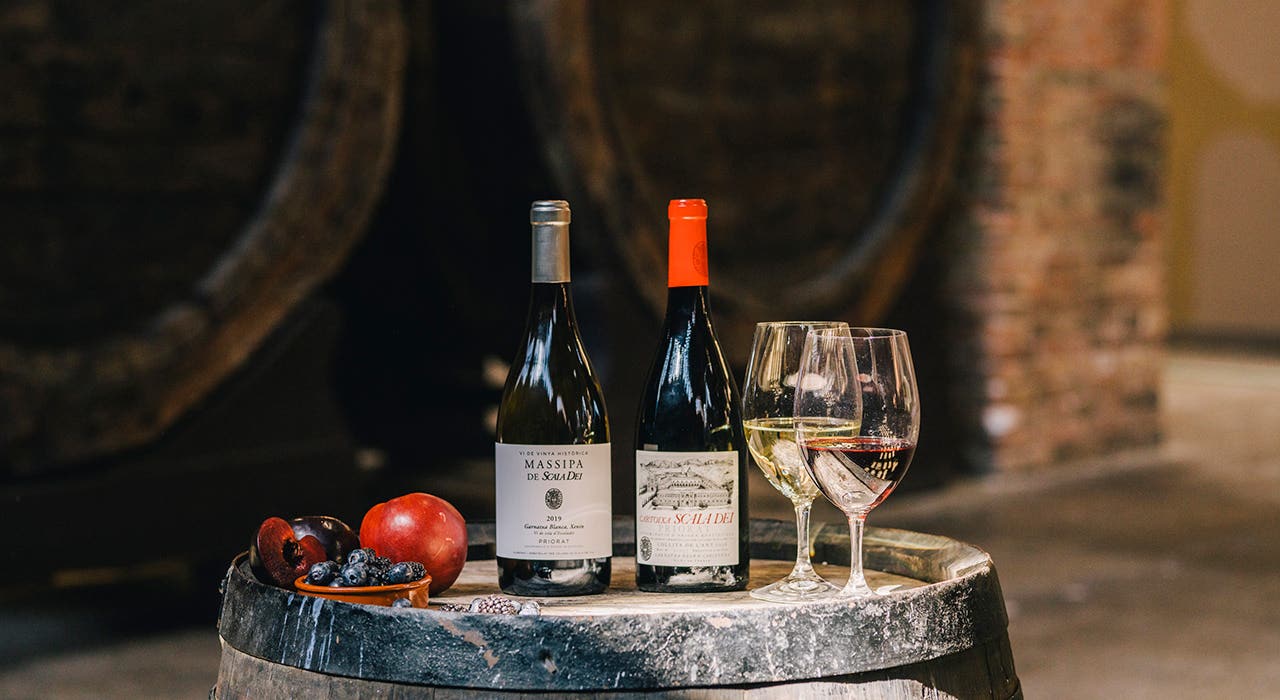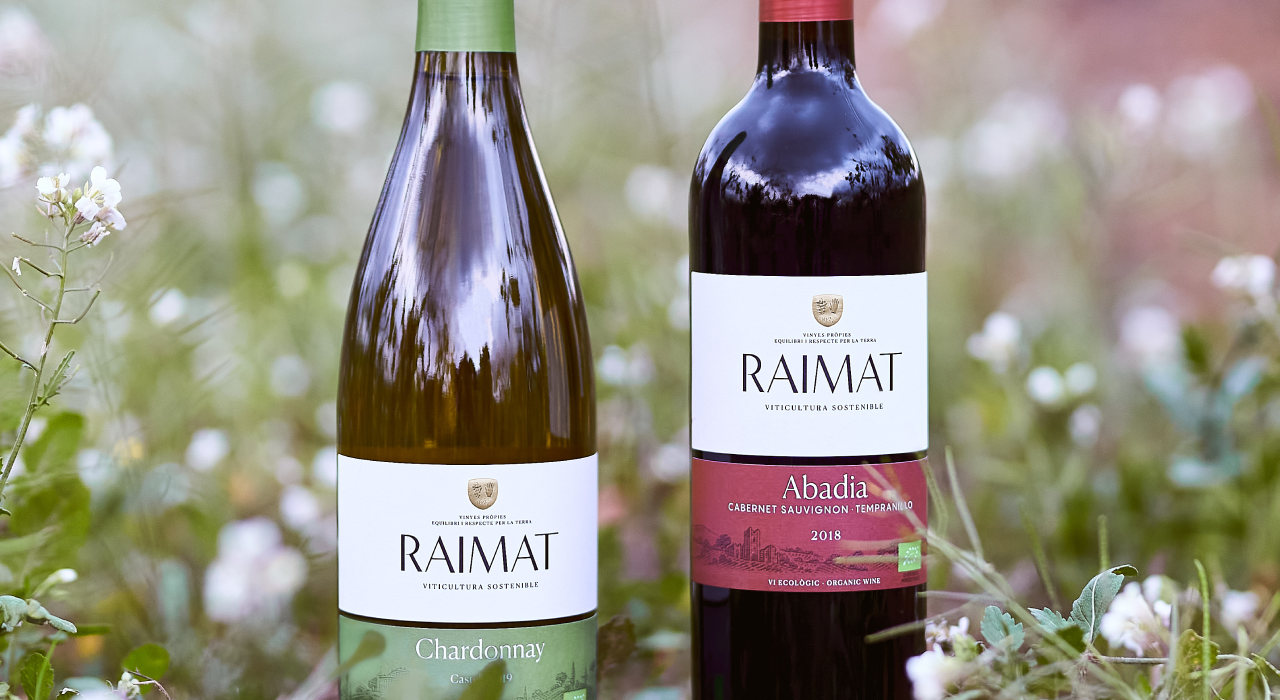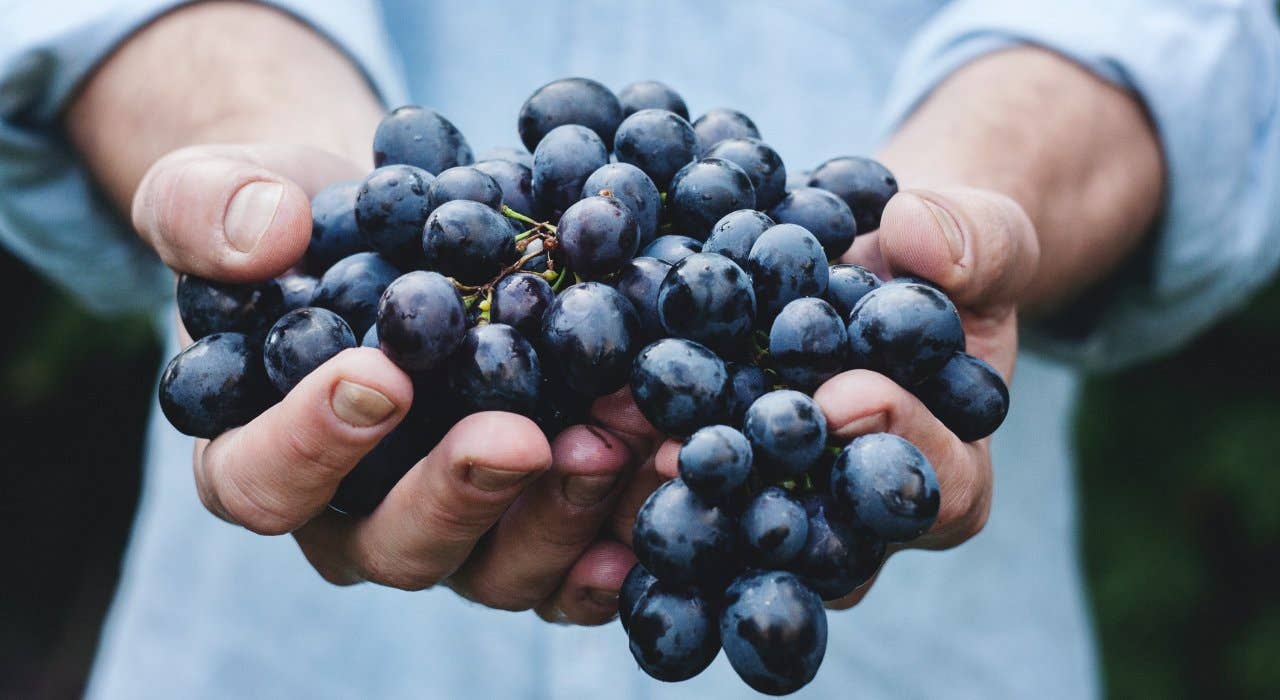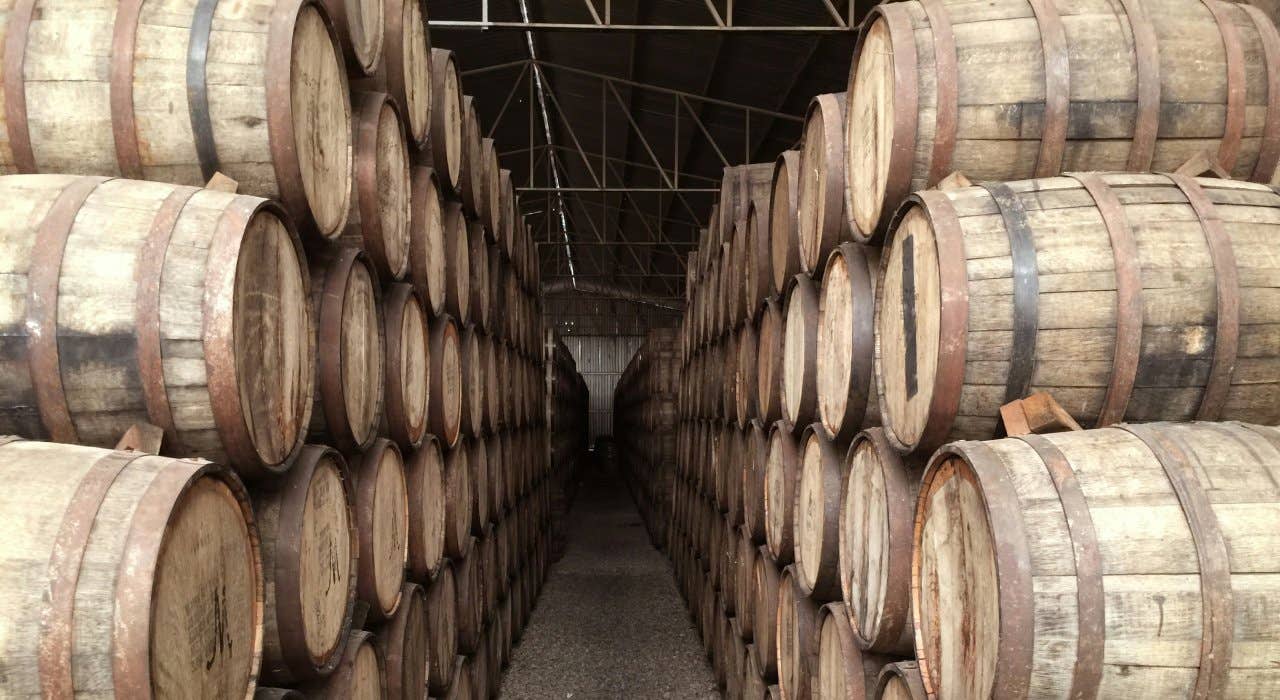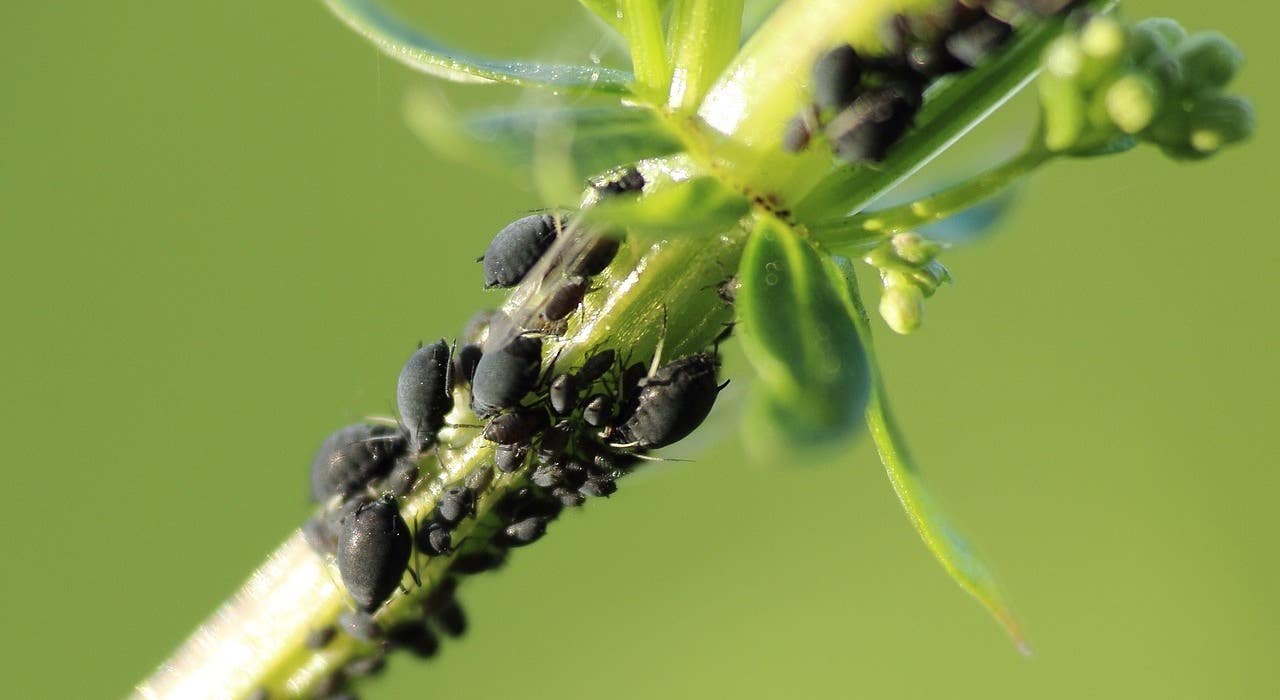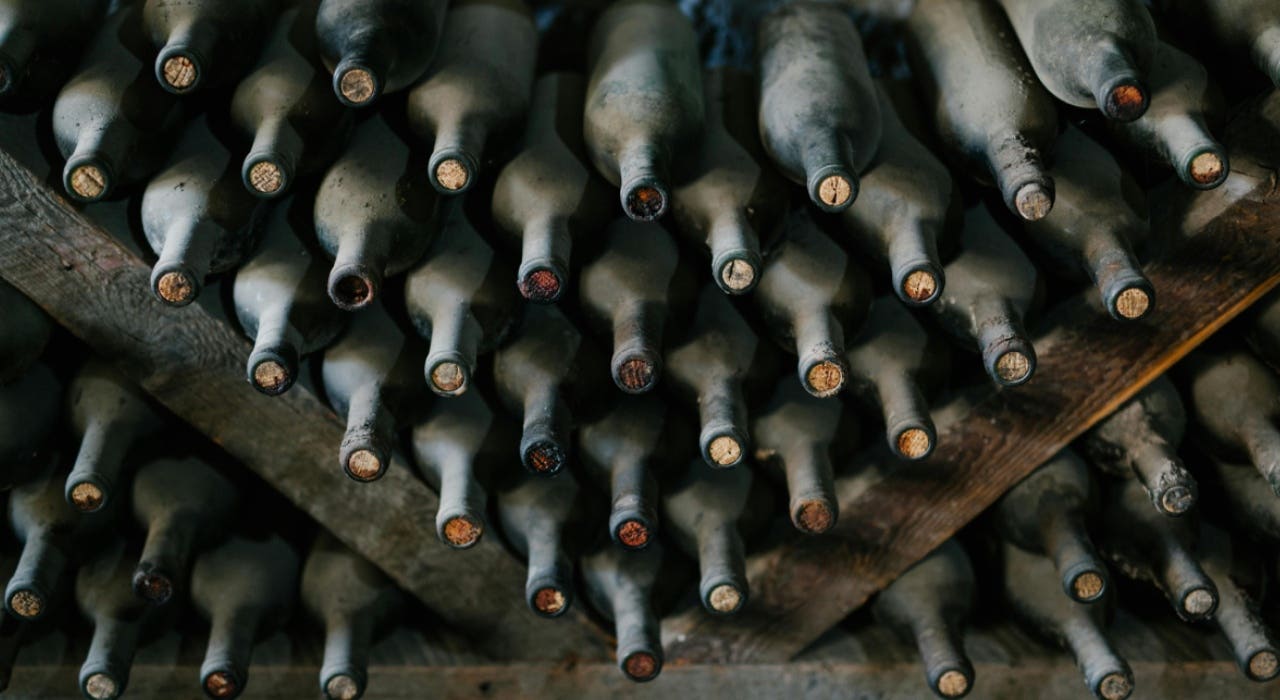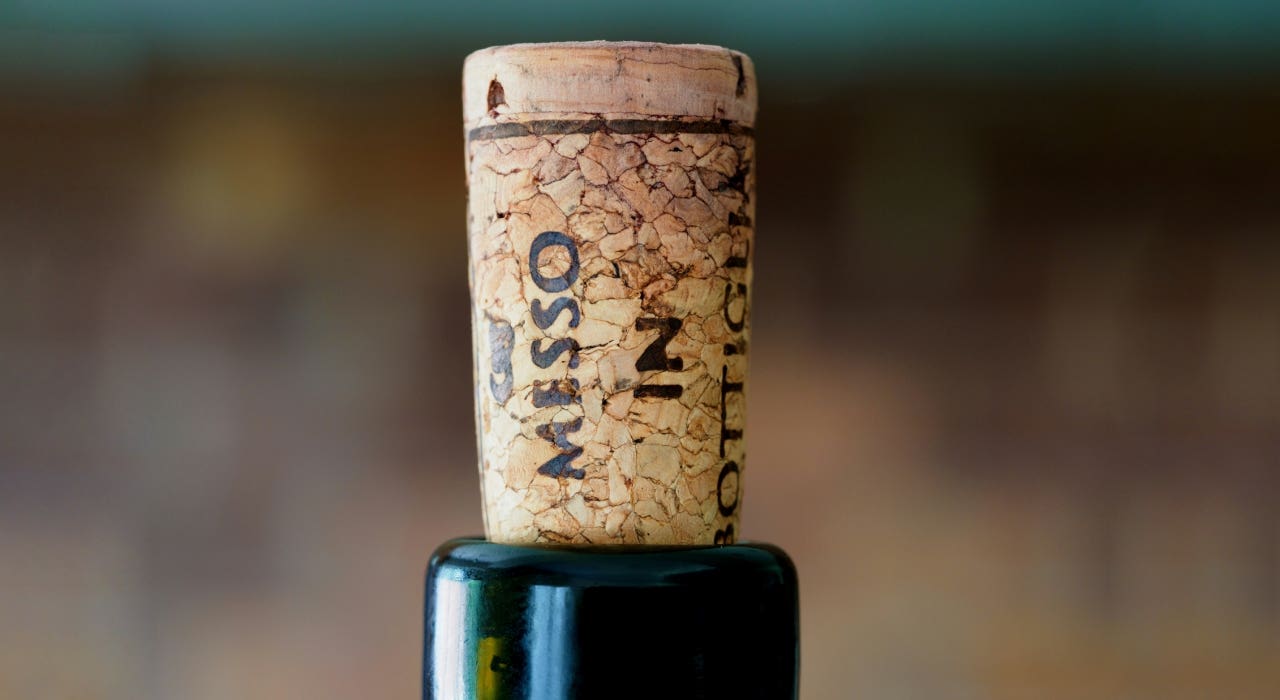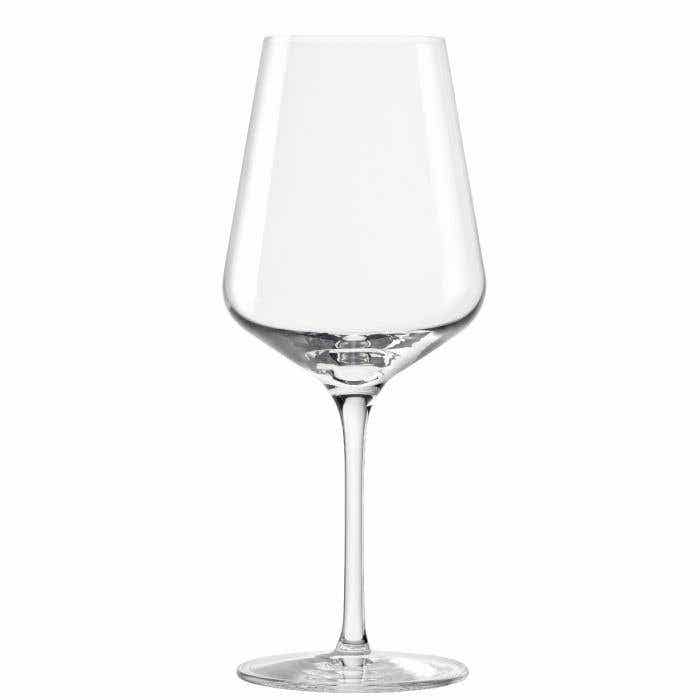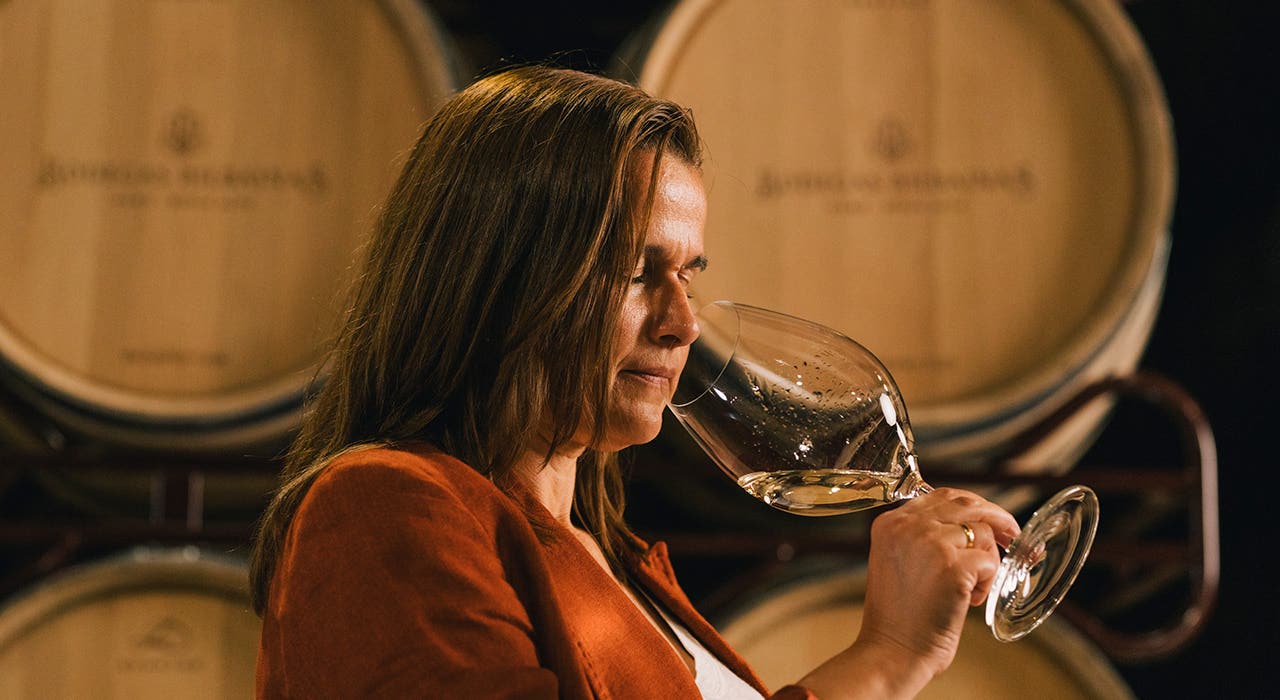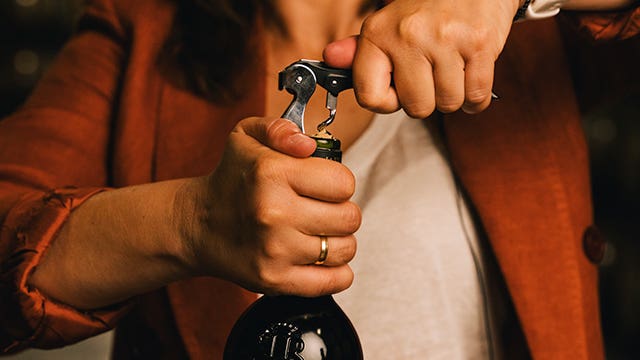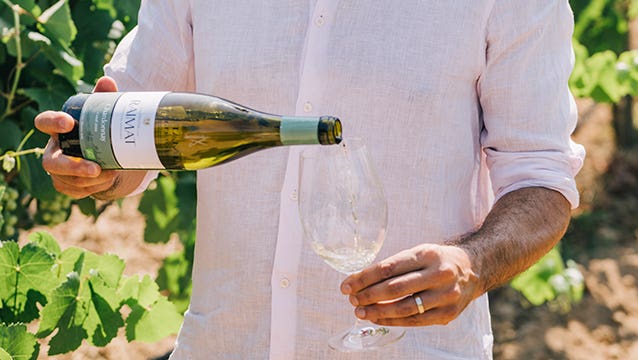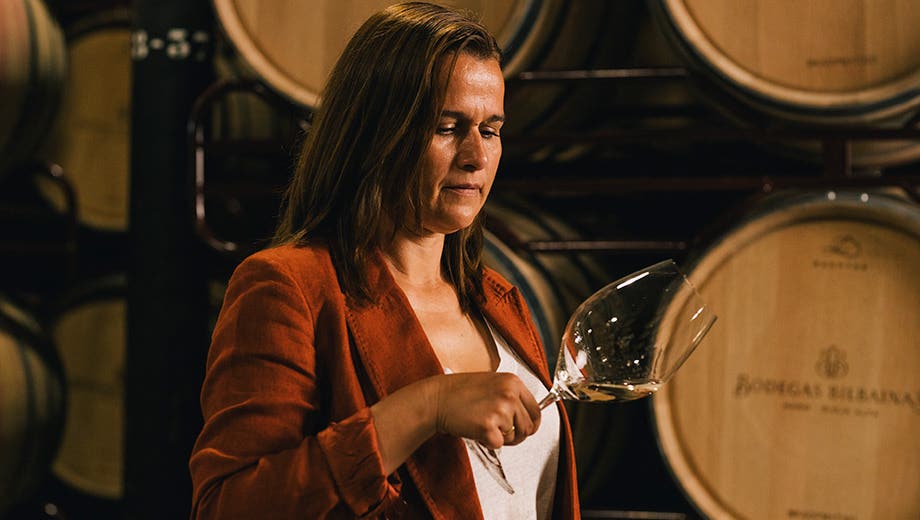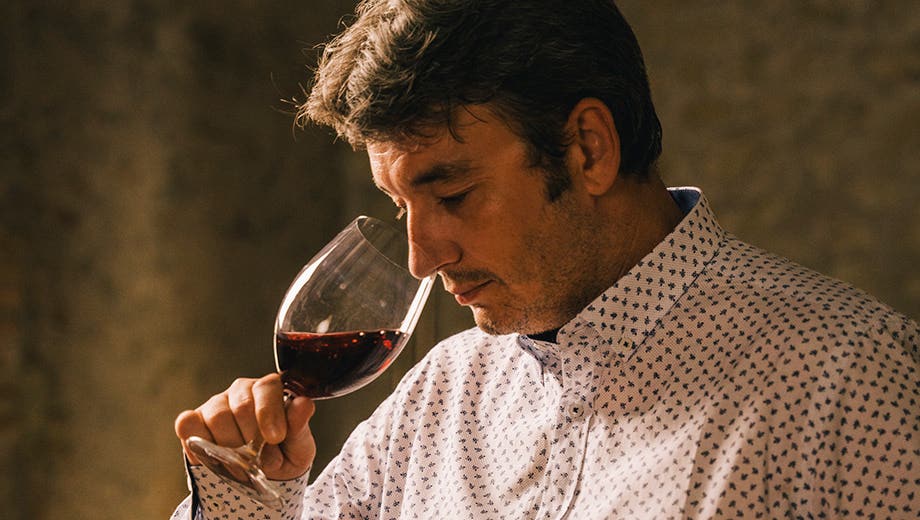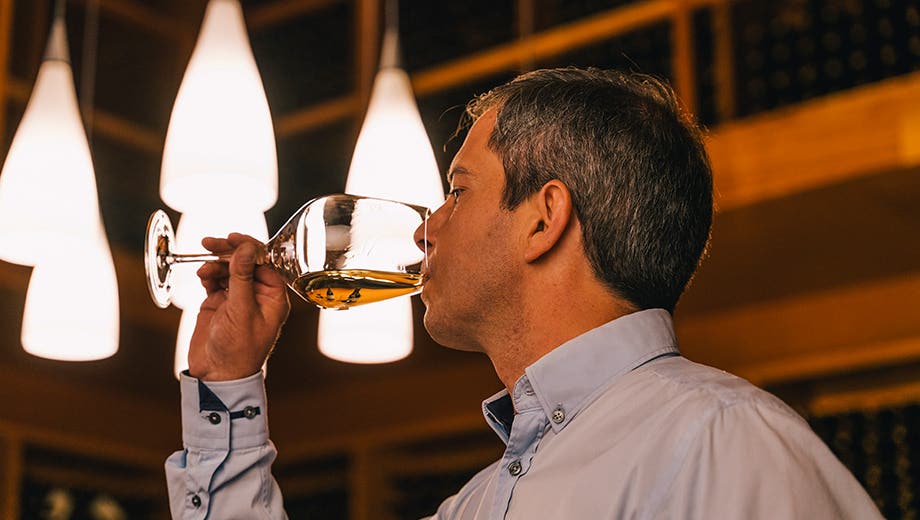The three phases of the tasting: sight, smell and taste
Once the wine samples to be tasted have been selected and all the requirements and equipment mentioned above are prepared, it is time to start the wine tasting, which will take place, as mentioned above, in three phases, testing each wine by one of the senses: sight, smell and taste.
Sight
The appearance of the wine -its color, clarity, brightness- is not only important for the impression it generates, but also for certain characteristics, such as opacity, rim, or density, which may provide hints as to its age, ageing and winemaking process. Therefore, a red wine with an intense violet color reflects youth, while a russet or copper tone is usually a sign of oxidation, due to a long maturation process in barrels or many years of bottle aging.
Smell
This is the most important part of the tasting. In this phase, aromatic molecules -in a volatile state- trigger chemical reactions that the brain translates as “sensations” that we associate with already known aromas. Due to these neuro-physiological mechanisms, the many nuances that wine holds are perceived, thus recognizing the rich complexity of the best wines.
Taste
When we finally pour the wine in our mouth, the taste buds detect the presence of different flavors: bitter, sour, salty and sweet. By holding the liquid in the mouth for a few moments - so that its temperature increases - the aftertaste phenomenon will be favored: the recovery of aromatic sensations in the mouth. Therefore, the tasting reaches its most sensual and delicate moment, where only the great wines make the grade.
Tips and hints for the novice taster
For the novice wine taster, here are some simple tips and hints to avoid getting lost and better enjoy the experience.
Trust in your own criteria
Believe in yourself. In any tasting there is subjectivity, and anyone can make a mistake. In addition, first impressions are generally the most accurate.
Do not be influenced
It is always helpful to share feedback with other tasters as it enriches the experience. However, we should not get carried away by other people's views either. Do not be overwhelmed if another taster perceives an aroma that you do not detect or has a different criterion than yours.
Wine color
The color nuances of a wine are best appreciated by putting a white surface behind the glass. The most common elements to use are a sheet of paper or a napkin.
It is not always advisable to swirl the glass
Certain wine aromas are more clearly perceived if the wine is not swirled. Therefore, it is better to first sniff the wine "still" before swirling it; then, once it is moving, it will offer other aromas.
Preserve the wine
Considering that, once the bottle is opened, the wine evolves, it is recommended to keep a little of each of the wines being tasted in the glass to come back to them at different times during the tasting. Thus, it is not unusual that our appraisal will change as they experience this development.
Wine description
It is preferable to resort to simple descriptors - the definitions of the sensations offered by the wine - rather than stilted, cryptic language. The language of the fine sommelier is old-fashioned.
The spittoon is there to be used
Nobody comes to wine tastings to get drunk.
Now you have a good basis for tasting and learning on your own, see what each wine suggests to you and which one you like the most, but without a doubt, the best wine will always be the one you like the most on each occasion. Dive into 15Bodegas and taste those wines that you have not tried so far and tell us about them.

